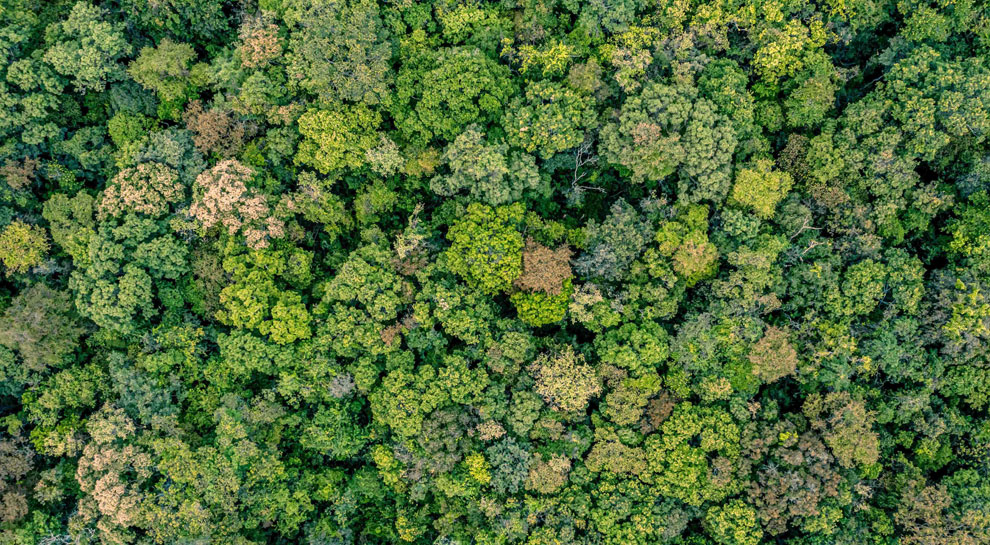
Forest cover in the Kingdom. Thriving biodiversity is a critical component to achieving goals around sustainable development and climate change, a senior environment ministry official said. UNDP
The Ministry of Environment’s General Directorate of Environmental Knowledge and Information and the UN Development Programme (UNDP) are bringing decision makers together to map the country’s essential regions for biodiversity, climate change mitigation and sustainable development.
UNDP said in a press release on June 8 that nearly 50 of the country’s leading scientists and environmental policy experts will meet virtually this week in Cambodia to create “maps of hope” that identify Cambodia’s essential life support areas.
“These maps will locate where actions to protect, sustainably manage and restore nature can enable Cambodia to deliver on its strategic priorities around biodiversity, climate change mitigation and sustainable development,” the press release said.
The document further states that humanity faces an unprecedented planetary challenge and that according to the Intergovernmental Panel on Climate Change report, humanity has only a decade to avoid totally catastrophic impacts from climate change.
And according to the Intergovernmental Panel on Biodiversity and Ecosystem Services, if biodiversity loss continues at its current rate one million species will be lost to extinction.
“However, we have the solution within our reach. By protecting, restoring, or sustainably managing nature, we can provide one-third of the solution to mitigate climate change, improve water security, and safeguard the livelihoods of millions of people directly dependent on nature for their subsistence,” the press release said.
Chuop Paris, director-general of the ministry’s directorate, said thriving biodiversity is a critical component to achieving goals around sustainable development and climate change.
“Trees clean our air, provide us with timber and regulate the climate. Our mangrove forests buffer our country’s coastline from disastrous storms, while our endemic species and pristine landscapes support our tourism sector,” he said.
Paris said Cambodia has ambitious goals to protect, manage and restore nature to improve the lives of citizens, including those in the National Environmental Strategy and Action Plan 2016-2023 and the Nationally Determined Contribution.
“But to achieve these goals, we recognise the need to enhance our application of spatial data,” he said.
Cambodia, along with the other seven pilot countries – Dominican Republic, Colombia, Costa Rica, Haiti, Kazakhstan, Peru and Uganda – are creating a “map of hope” that has been developed to expand the use of spatial data in decision-making processes and promote the implementation of nature-based solutions in those countries.
UNDP representative in Cambodia Nick Beresford also said the fast-growing middle-income countries like Cambodia can leapfrog ahead by knowing how to use these powerful tools to identify and safeguard their valuable natural resources.
“Protecting these invaluable natural assets is essential for ensuring that Cambodia continues to have greater security in food and water in the years ahead and it can help the country better withstand global heating,” he said.
In the coming months, 196 countries will agree on a new set of global goals for biodiversity that will guide action for the next 30 years within an associated international policy framework.
The results of this project will be used to influence key international policy processes, including activities related to the UN Framework Convention on Climate Change and the UN Convention to Combat Desertification, along with the 2030 Agenda for Sustainable Development.
The workshop was led by UNDP and the directorate with the support of Impact Observatory and the Sustainable Markets Foundation.












